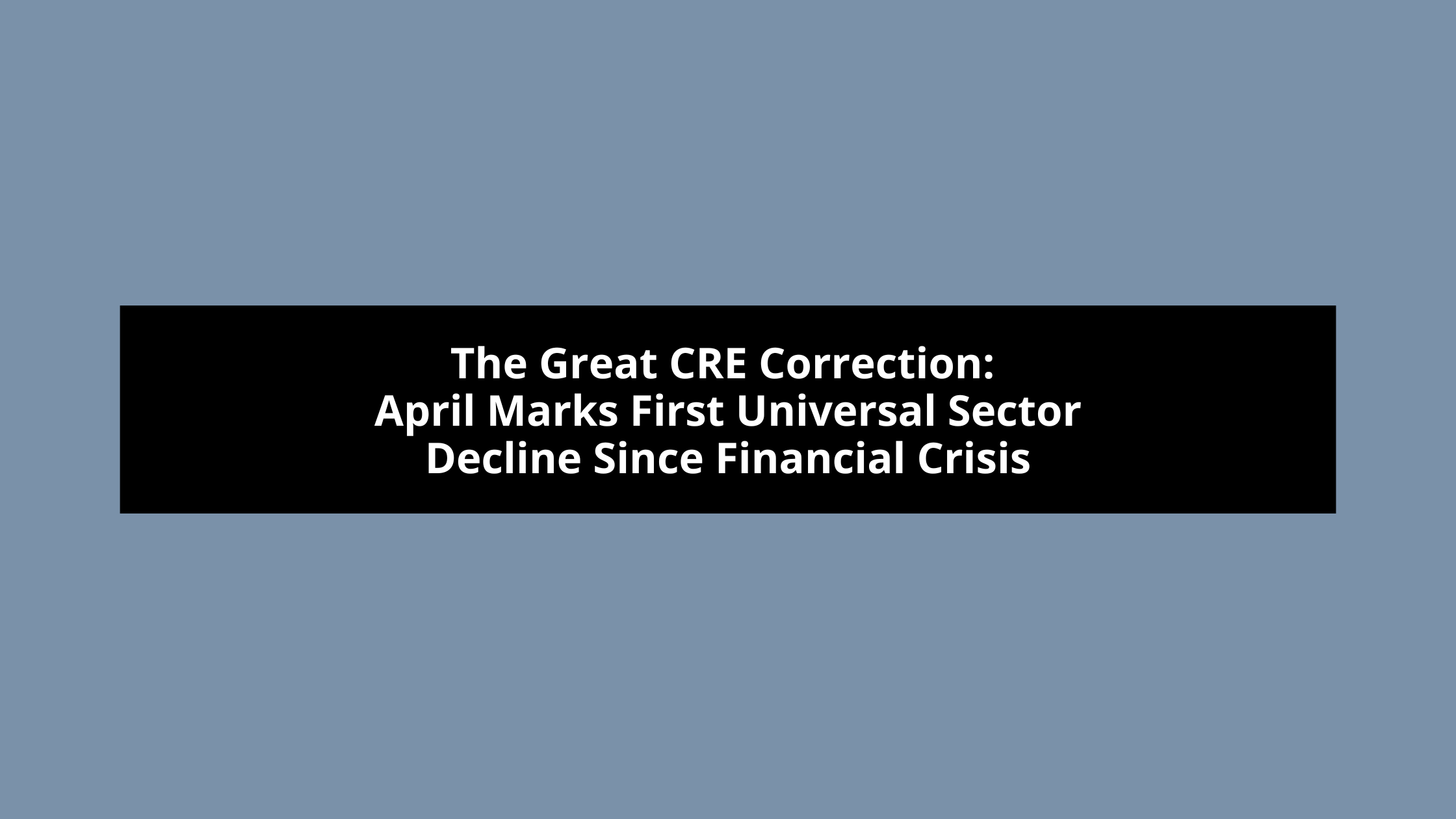NYCB’s Wake-Up Call: What Real Estate Developers Need to Know About Banking’s ‘Extend-and-Pretend’ Crisis
A recent – and in our view mission-critical – analysis published this October 2024, entitled, “Extend-and-Pretend in the U.S. CRE Market,” from the Federal Reserve Bank of New York is an immediate, must read!
The report warns that regional banks’ reluctance to address troubled commercial real estate loans could amplify risks to financial stability.
More specifically, The Federal Reserve Bank of New York, said the following:
“We show that banks “extended-and-pretended” their impaired CRE mortgages in the post-pandemic period to avoid writing off their capital, leading to credit misallocation and a buildup of financial fragility. We detect this behavior using loan-level supervisory data on maturity extensions, bank assessment of credit risk, and realized defaults for loans to property owners and REITs. Extend-and-pretend crowds out new credit provision, leading to a 4.8%–5.3% drop in CRE mortgage origination since 2022:Q1 and fuels the amount of CRE mortgages maturing in the near term. As of 2023:Q4, this “maturity wall” represents 27% of bank capital.”
Illustrative of this reality is the recent turmoil at New York Community Bancorp (NYCB) has sent shockwaves through the real estate development community, exposing the fragility of banking practices that many developers have come to rely on. As a developer or investor, understanding this situation is crucial for navigating the current market landscape and preparing for what’s ahead.
The NYCB Bombshell
Earlier this year, NYCB dropped a bombshell that many in the industry had feared was coming: massive losses in their commercial real estate loan portfolio. The numbers were staggering – net charge-offs skyrocketed from $81 million to $349 million in just one quarter. This wasn’t just a minor adjustment; it was a fundamental reassessment of their loan book’s health.
The aftermath was swift and severe. The bank required a $1 billion capital infusion to stabilize its position, and its leadership underwent a complete overhaul, culminating in the appointment of former Treasury Secretary Steven Mnuchin. For developers who have long viewed regional banks as reliable partners, this serves as a stark warning about the changing dynamics in real estate financing.
Why This Matters for Developers?
- The NYCB situation isn’t an isolated incident. Five other regional banks have already faced downgrades from S&P Global due to similar concerns over their commercial real estate exposure. This pattern suggests a broader industry problem that could significantly impact how developers secure and maintain financing.
- The core issue stems from a practice known as “extend-and-pretend” – where banks extend loan terms rather than recognize potential defaults. While this approach has provided breathing room for many projects during challenging times, it’s becoming increasingly unsustainable in today’s rising interest rate environment.
The Interest Rate Trap
The current interest rate environment has created a perfect storm for commercial real estate. Higher rates have made refinancing existing loans nearly impossible for many borrowers, leading to a situation where both banks and developers are caught in a difficult position. Banks extend loan terms to avoid recognizing defaults, while developers find themselves unable to restructure their debt on favorable terms.
This situation creates several challenges for developers:
- Limited access to new capital for new projects
- Increased scrutiny of existing loans and portfolios
- Higher costs for any new or refinanced loans
- Potential pressure from banks to demonstrate stronger project viability
The Bigger Picture: Market Transformation
Perhaps the most significant concern for developers is how this banking crisis affects the broader market transformation needed in many urban areas. The practice of extending troubled loans is effectively freezing capital that could otherwise support the evolution of struggling business districts. This has implications beyond individual projects – it affects entire urban ecosystems, including tax revenues and economic development patterns.
What Developers Should Do Now
- Review Your Loan Portfolio: Analyze your existing loans and identify any that might face refinancing challenges in the near term.
- Strengthen Bank Relationships: Don’t wait for problems to arise. Open discussions with your lenders about potential challenges and solutions.
- Consider Alternative Financing: Explore non-traditional lending sources and financing structures that might provide more flexibility.
- Focus on Asset Performance: Strengthen the fundamental performance of your properties to maintain strong positions with lenders.
Looking Ahead
The NYCB situation serves as a wake-up call for the entire real estate development industry. The era of easy credit and flexible banking arrangements may be coming to an end, requiring a new approach to project financing and development.
Smart developers will use this moment to reassess their financing strategies and strengthen their positions. Those who adapt quickly to this new reality – where traditional banking relationships may be less reliable – will be better positioned to weather whatever challenges lie ahead.
The commercial real estate market is clearly at an inflection point. While challenges exist, they also create opportunities for well-positioned developers who understand the changing landscape and adapt their strategies accordingly.
About the author: Myles Lichtenberg, Esq., is a recognized leader in the real estate title insurance industry. Since 1979, Mr. Lichtenberg, and his amazing team, have conducted well over 27,000+ real estate title transactions and over $16 Billion Dollars of settled transactions, involving just about every type and variety of real estate configuration — from commercial to residential, from complex to simple and from single-state to multi-state portfolios.


